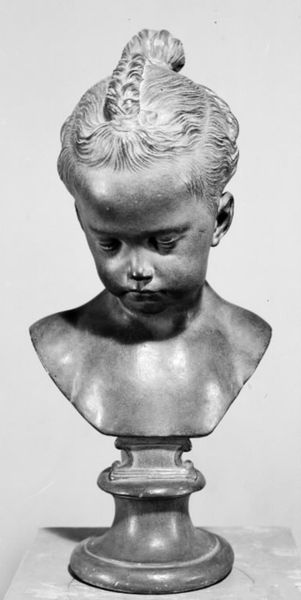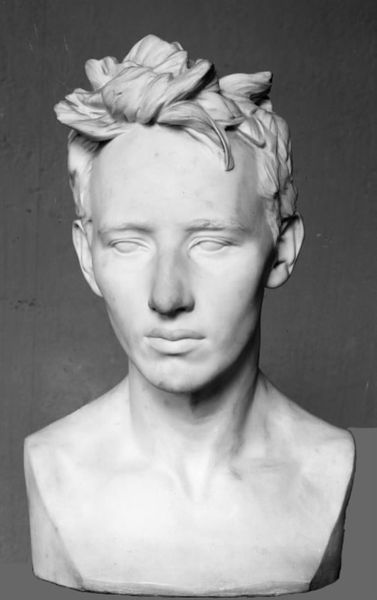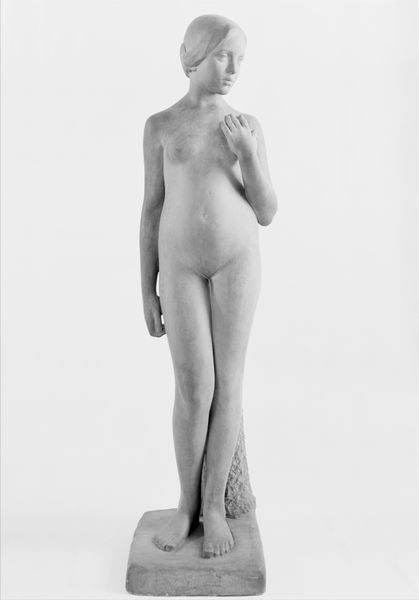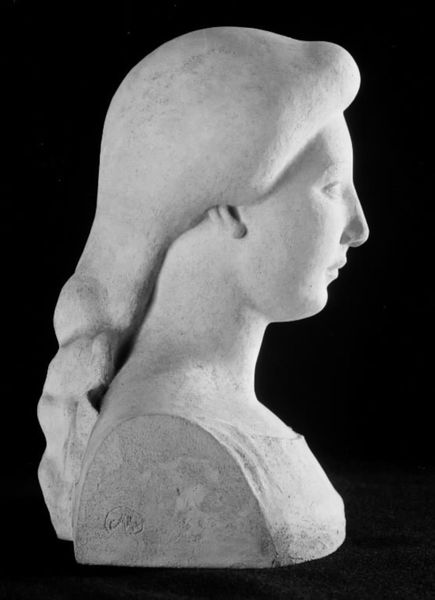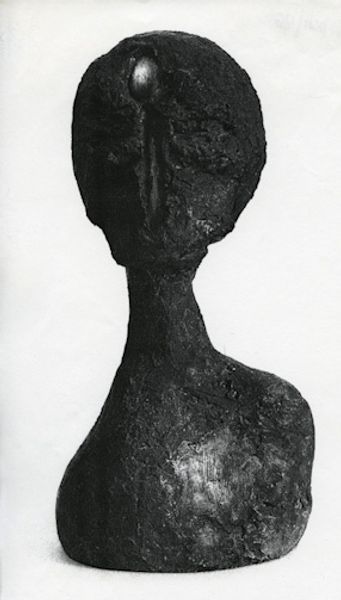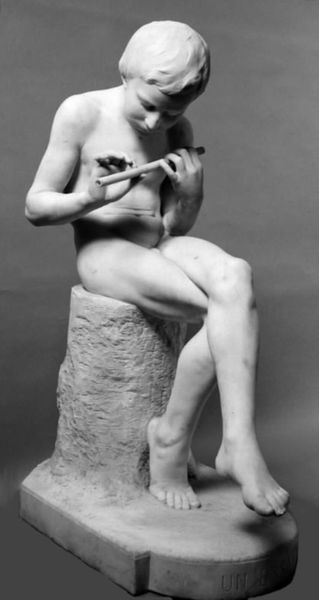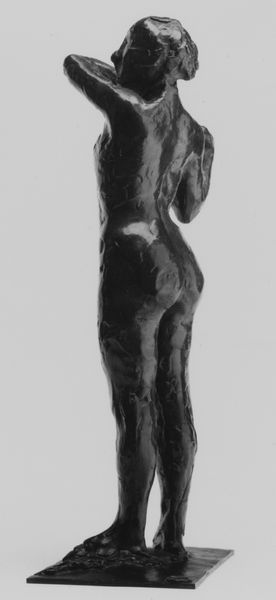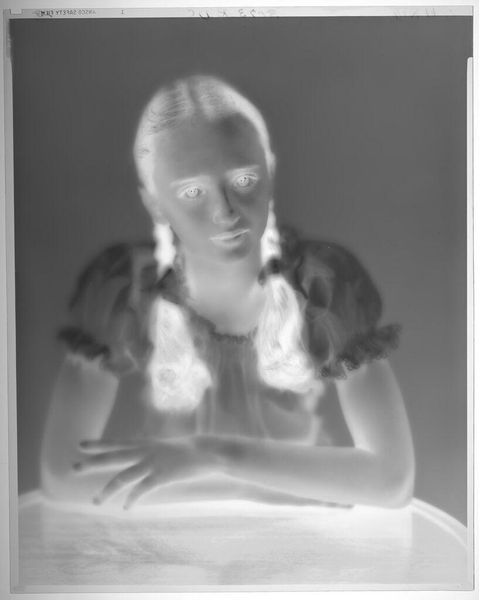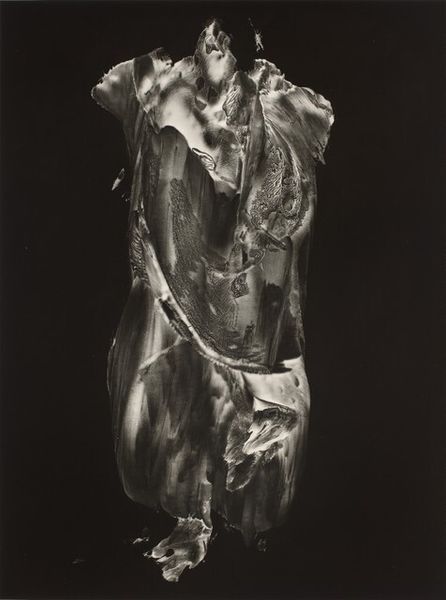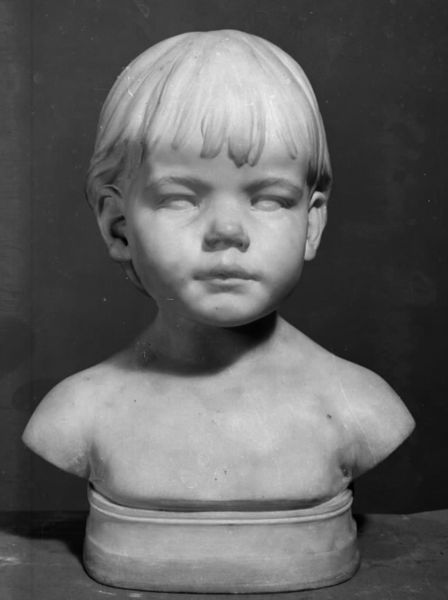
sculpture, marble
#
portrait
#
neoclassicism
#
sculpture
#
classicism
#
sculpture
#
black and white
#
marble
Dimensions: 50 cm (height) (Netto)
Editor: This is "Hanna Adler som barn," a marble sculpture by H.W. Bissen from 1866. Looking at it, I'm struck by its serene and almost idealized depiction of childhood. It's a very formal, classical portrait. What do you see in this piece, especially considering its historical context? Curator: I see a potent reminder of the social dynamics inherent in portraiture, particularly concerning children. This sculpture, created in the Neoclassical style, echoes the aesthetics of ancient Greece and Rome. But it’s crucial to examine *who* had access to such representation. In 1866, a marble bust was a privilege of the wealthy. It signifies not just childhood, but a childhood carefully curated and presented through a lens of class and social standing. How do you think the choice of marble as a medium plays into this? Editor: Well, marble suggests permanence and timelessness, which certainly reinforces the idea of Hanna's family wanting to project an image of enduring importance. Curator: Exactly! Marble wasn’t just a material; it was a statement. Moreover, think about the gaze – or lack thereof. Hanna doesn't meet our eyes. What does it mean for a young girl, a subject, to have her image meticulously crafted yet retain a sense of remove, almost distance, from the viewer? Does this speak to the limited agency afforded to young women in that era? Editor: I hadn’t considered the lack of eye contact in that light. It definitely shifts my perspective on the sculpture. Curator: It’s through these types of critical questions—probing identity, representation, and power dynamics—that we can unlock deeper meanings within artworks. This bust isn’t simply a portrait; it’s a window into a complex social world. Editor: I learned so much about how social standing affects how a portrait is presented.
Comments
No comments
Be the first to comment and join the conversation on the ultimate creative platform.
